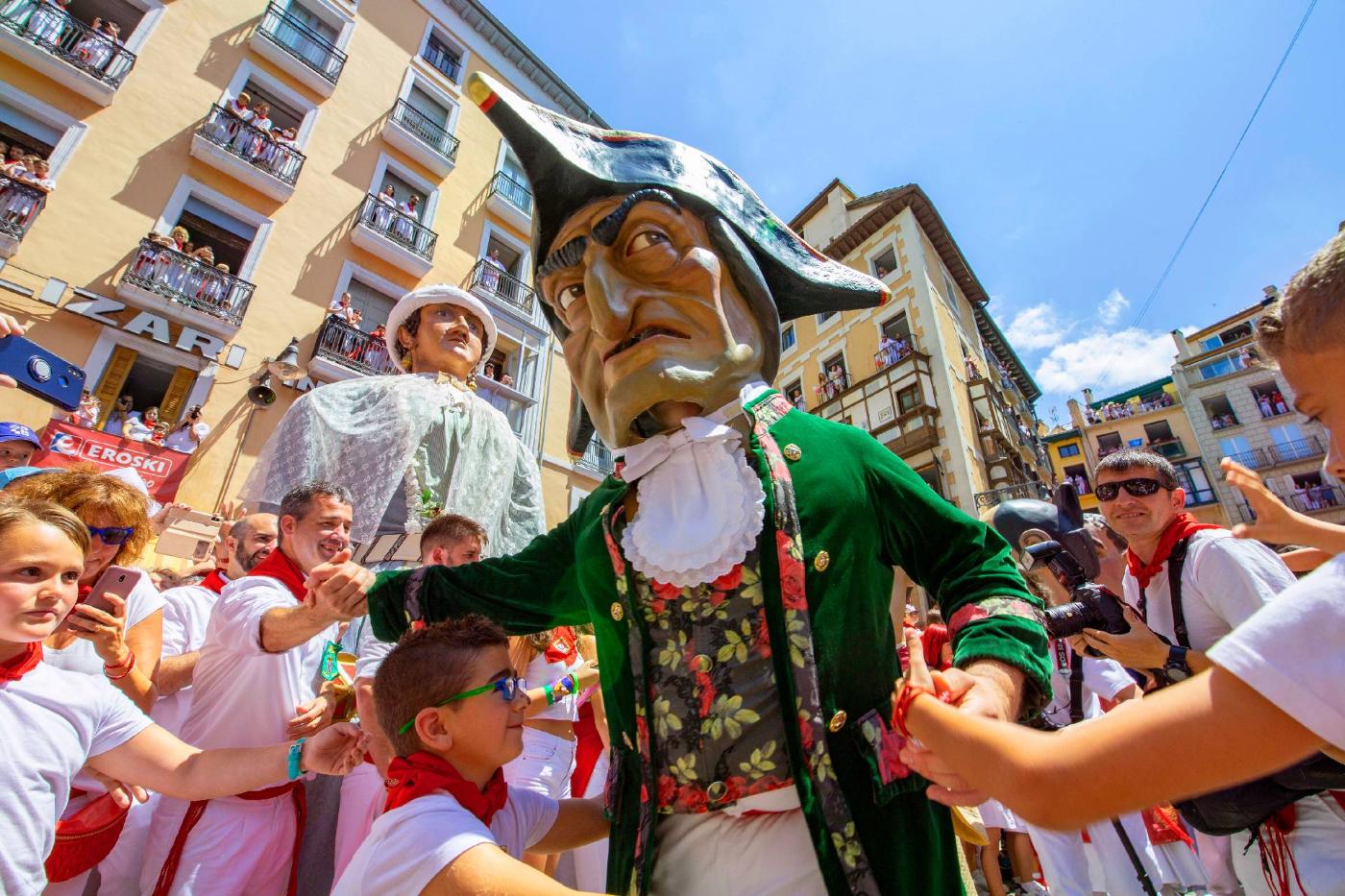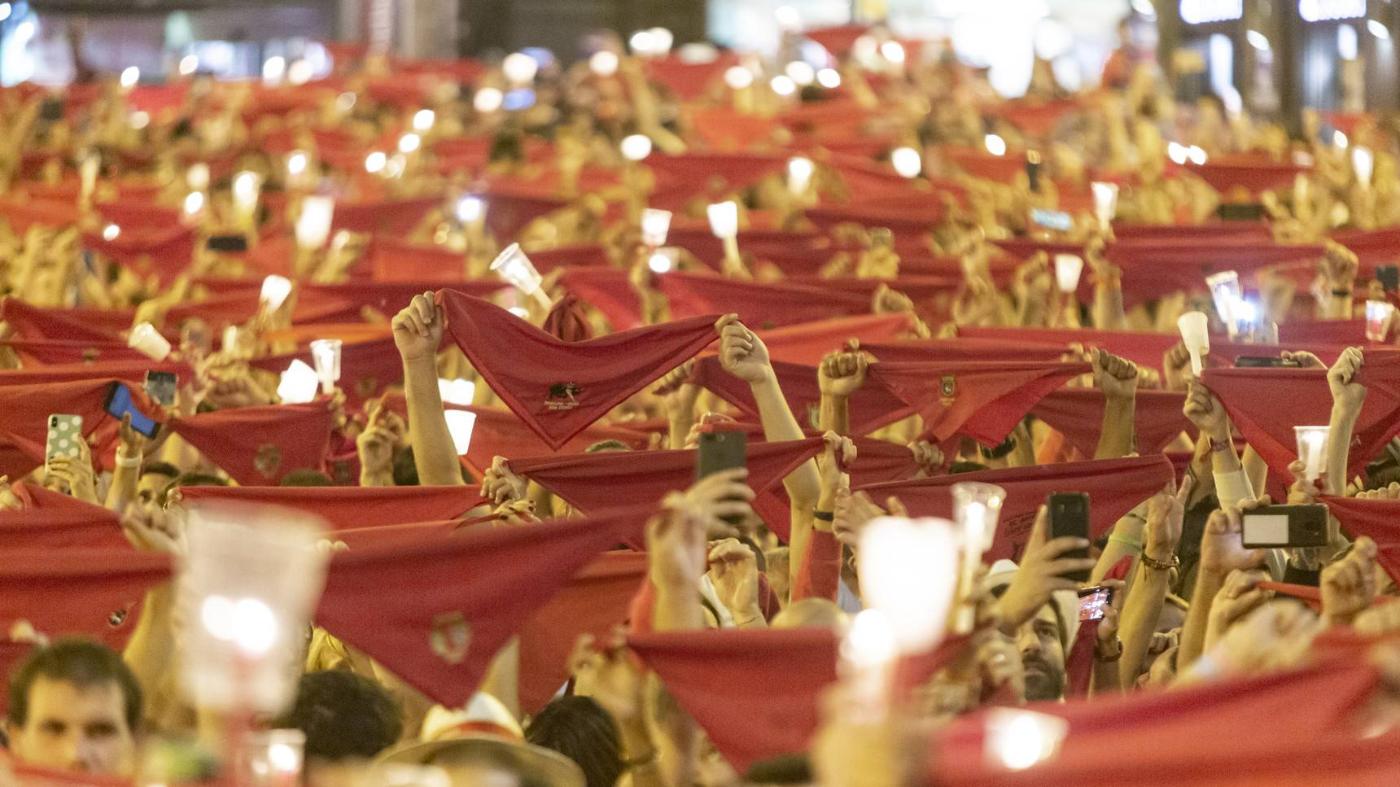
¡Viva San Fermín!
In Navarre and around the world, we count down the days until we can celebrate our beloved festival with more emotion, joy and hospitality than ever.
Don’t miss out, we’re expecting you!
There’s always something special to discover in Pamplona during the San Fermín festival.
For younger people, couples and families alike. For foodies, sports lovers and those who just love soaking up tradition. Whether you’re looking for the lively, cosmopolitan atmosphere that floods the streets or the shows and activities for all ages, you can find whatever you’re after during the festival.
The San Fermín festival in figures
-
Precisely
204
hours of festivities in the capital
-
More than
800
years of history and tradition
-
Practically
ways to have a great time, whatever your preferences
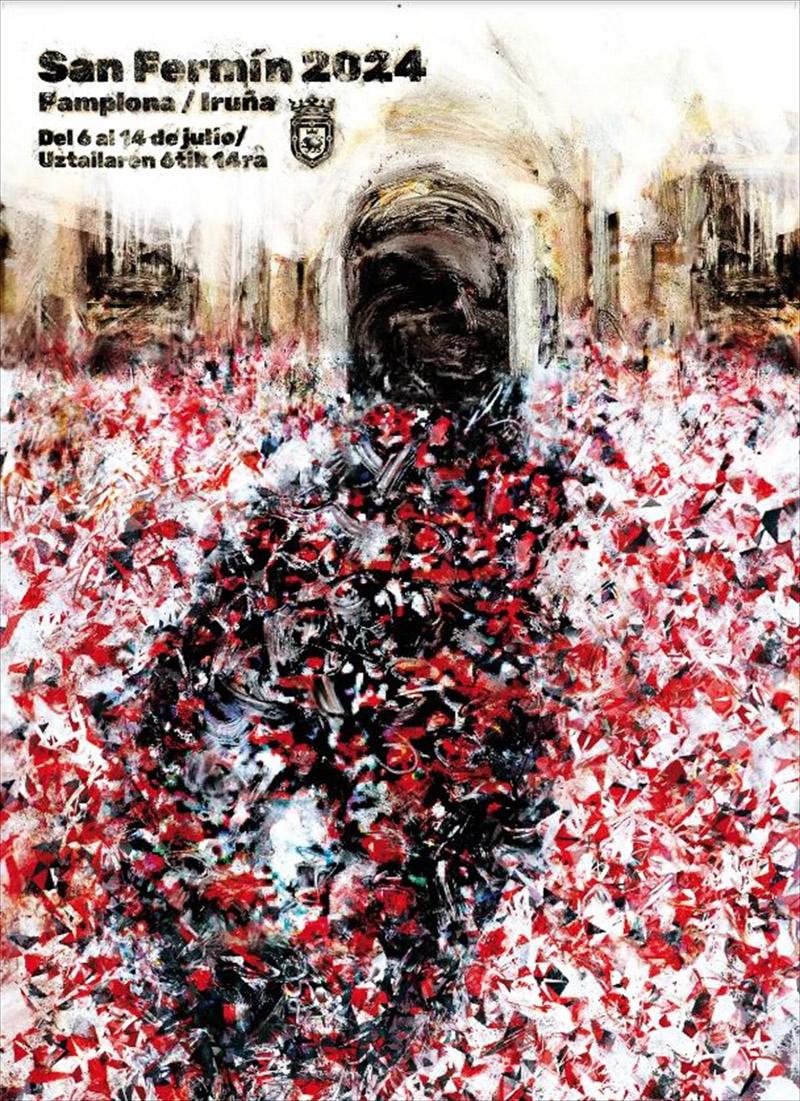.jpg)
Para no perderte nada
Programme and services for the fiestas of San Fermín 2024
Just like every year, the San Fermín programme will offer a wide range of proposals such as concerts, open-air evening dances, fireworks, exhibitions, street entertainment, children's and family activities, so that everyone can choose what they want to do and make the fiesta their own.
What is more, there will also be the traditional events such as the Chupinazo, which takes place on the 6th July at midday, when a rocket is fired from the balcony of the City Hall to announce the start of the fiestas, the running of the bulls at 8 o'clock each morning, the Procession of the Saint on 7th July, Vespers, the daily parade of the Giants and Bigheads, and the closing ceremony marking the end of all these fun-packed days, with the Pobre de Mí (poor old me) sung on 14th July at midnight.
If you would like information on the main events to be held in the 9 days of the fiesta, then click here to download the PDF with the official programme of San Fermín 2024.
To get around easily during your stay, take a look at the services guide, which has all the information on parking areas, urban transport, left luggage facilities etc.
Enjoy our city and the festival responsibly: San Fermín decalogue.
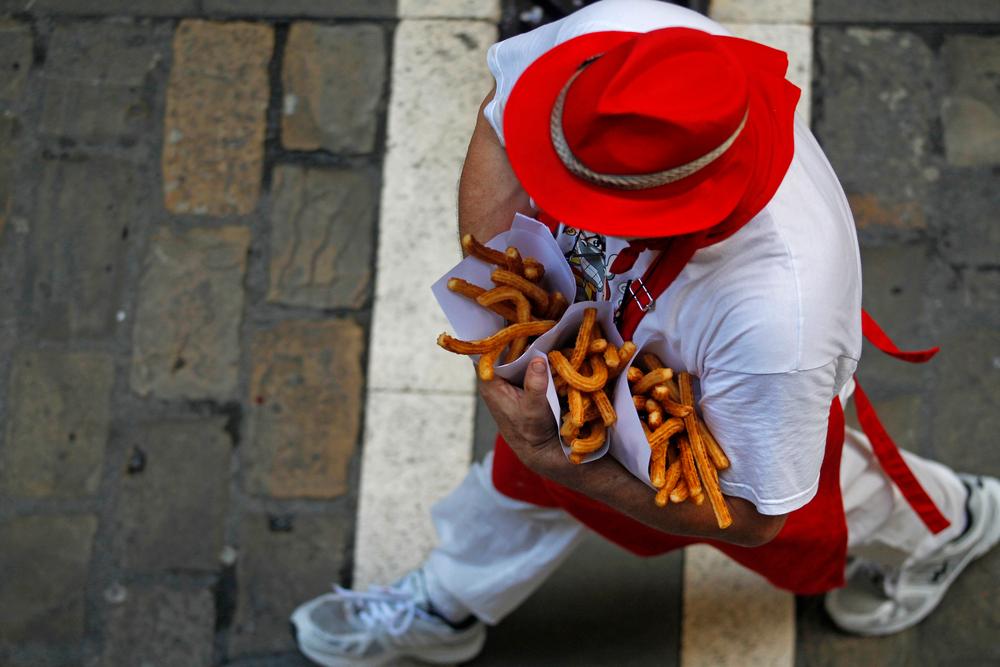
Don't miss these San Fermín podcasts!
Well-known faces from different worlds tell us about their personal experiences of this endearing festival. Hit play and let the likes of Natalia Lacunza, Mariló Montero, Ahikar Azcona or Juan Carlos Unzué entertain you.
A typical day during the San Fermín festival
A classic. What just about everyone thinks when they imagine visiting Pamplona during its festive week.
- Live the thrill of the running of the bulls (encierros). 3-4 electrifying minutes that you can enjoy from several points: from behind the fences, renting a balcony, sitting in the bullring or even running in front of the animals’ horns.
- Visit the Chapel of San Fermín in the Parish Church of San Lorenzo and witness some of the emotional moments that the locals devote to the saint, such as the Jota sung in his honour in Plaza del Consejo during the procession on the 7th.
- Enjoy the parade of the Gigantes and Cabezudos or the music, dance, theatre or rural sports shows held every day during the festival. You can also take a look at the crafts stalls set up in the Taconera gardens.
- Sip a traditional cup of hot chocolate with churros, relish an aperitivo any time of the day outside one of the bars in Plaza del Castillo or try some of Pamplona’s famous pintxos in the streets of the old town.
- Take a guided tour of the route the bulls run every morning or other parts of the city.
- Enjoy the fun when the peñas parade into or out of the bullring, one of the most colourful events during the whole festival.
- Dance and have a great time at one of the six stages set up in the city. Let the music never stop.
- At nightfall, 11 p.m., marvel at the spectacular firework displays in the charming park around the Citadel. They rank among the best in the world.
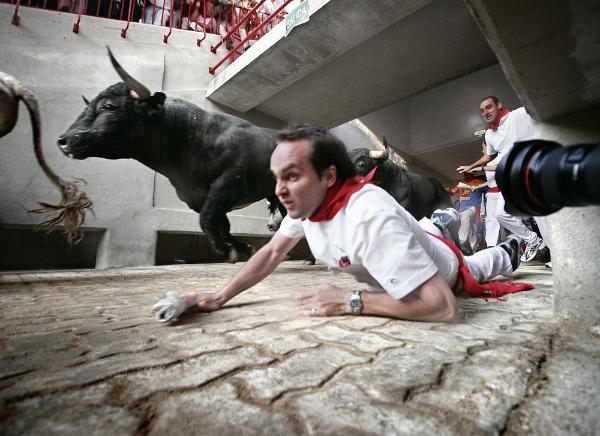.jpg)
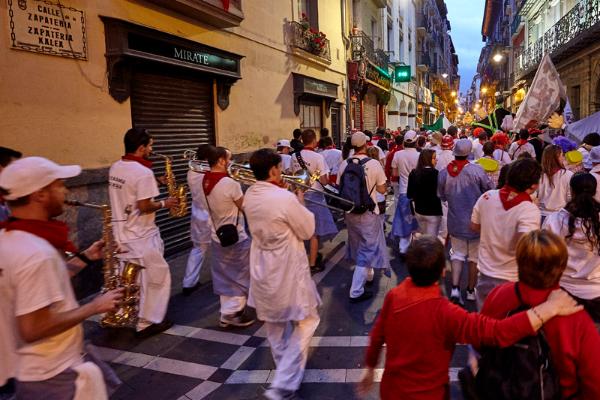
San Fermín experiences
Check out some of the organised activities that will help you experience the San Fermín fiestas to the full.
I would like information on these experiences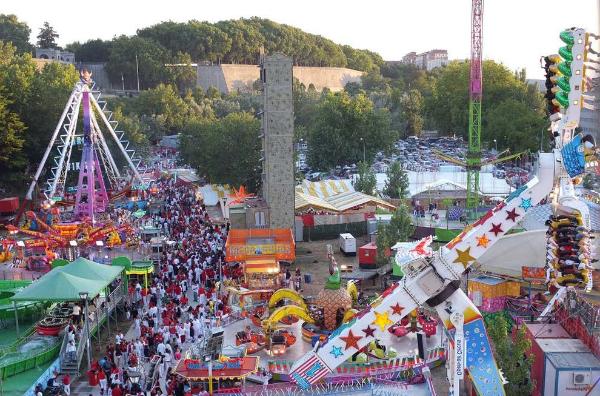
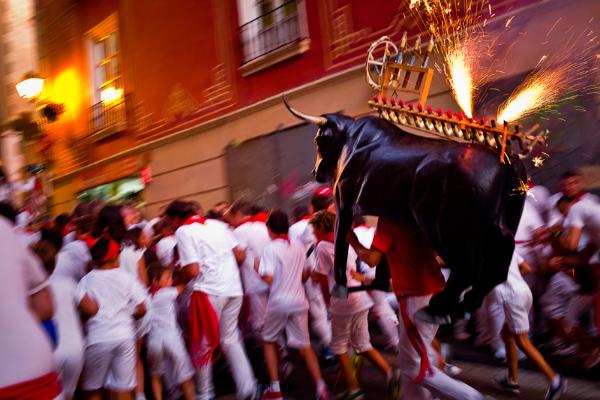
San Fermín with all the family
You can also enjoy San Fermín if you're coming with the crew. Here are a few activities for guaranteed fun:
-
Start the day with a delicious hot chocolate drink with churros (sweet fritters), a sweet temptation for all ages.
-
Parade of the giants and bigheads. Each morning these mythical characters parade through the streets of the Old Quarter to the sound of the pipers. Take cover! The kilikis are out to get you!Desfiles de gigantes y cabezudos.
-
Puppets, marionettes, music and acrobatics in a host of street shows.
-
Birjolastu in Taconera Park. A space of activities and creativity based on recycled and reused materials.
-
Kirol Ari on the city walls. Multi-sport area for youngsters aged from 8 to 14.
-
Children's space Menudas Fiestas in Plaza Libertad. With inflatable castles, activities and games for children.
-
Children’s bullrun. So that they can experience the thrill of running with the bulls with the safety that cardboard bulls bring.
-
The fairground, in Runa Park. With its attractions and food stalls, you’ll find it impossible not to have a great time.
-
Firework displays. Every night, a beautiful pyrotechnic show with international prizes to enjoy as a family.
Cosmopolitan San Fermín
The option for those seeking only the best. A selection of the most exclusive activities offered by some companies during the festival.
-
Balcony hire for the bull running, to enjoy the event at just a few metres away from the bulls.
-
Experience the vibrant chupinazo (firing of the rocket) marking the start of the festival, from a balcony in the Plaza del Ayuntamiento, with an appetizer and a toast with Cava.
-
Tickets for a seat in the shade for the bullfights or in the sun if you want to be part of the revelry of the peñas.
-
Access to the Apartado to be part of the select group of personalities who see the allocation of the bulls before the bullfights.
-
Access to the Dance of the Espadrille. Pamplona's most traditional almuerzo at the Nuevo Casino, only for club members.
-
See the fireworks from the front row on the terrace of the Baluarte auditorium. Enjoy a finger-food dinner, have a few drinks and, to round things off, music and dancing.
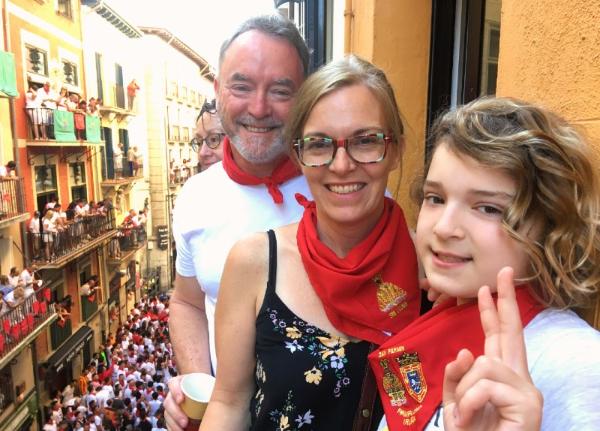
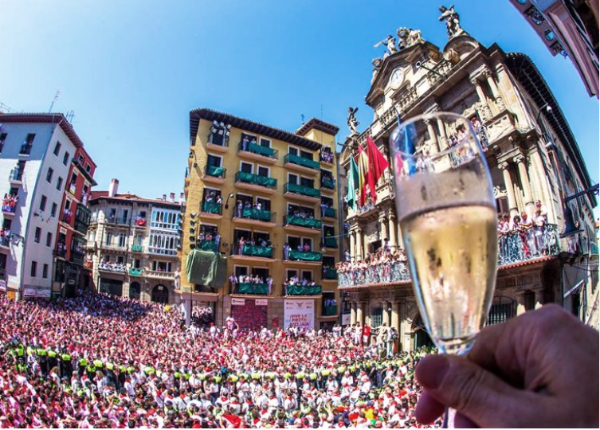
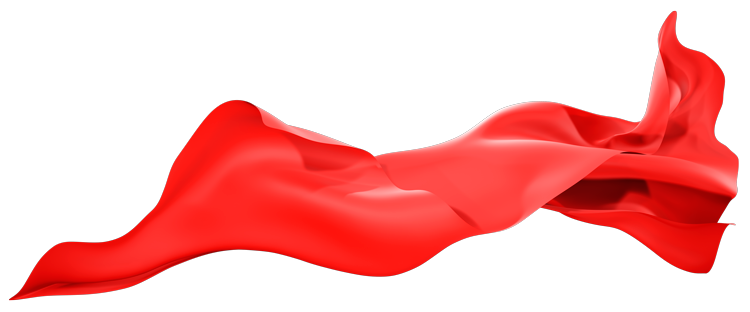
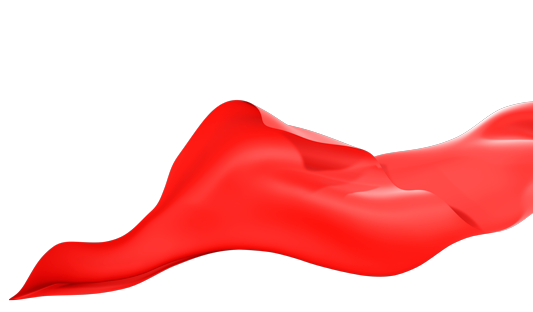
10 tips to enjoy the San Fermín festival to the full
-
Dress in red and white
A white t-shirt and white trousers or skirt with a red neckerchief (pañuelico) and sash (faja)is the official San Fermín outfit. If you don’t wear it, you’ll feel like a fish out of water.
And you don’t need to spend a fortune; you can bring all the white things from home and buy the red accessories at practically any street stall in the city
-
Join the crowd at the Chupinazo
Celebrate the start of the festivities in Plaza Consistorial. It’s quite a unique experience, but it’s only suitable for the brave.
If you’d prefer a calmer alternative, you can see it broadcast live on the giant screens set up in Antoniutti park, Paseo Sarasate, Avenida Carlos III, Plaza del Castillo and Plaza de los Fueros.
-
Get up early to see the running of the bulls.
If you want to see the encierro from the front row, you have to get to the double wooden fence which lines the route between 6 and 6.30 a.m. After that, every inch of it is packed and you won’t be able to see a thing.
Another good option is to see the bulls as they enter the bullring. Arriving there at 7 a.m. and singing alongside another 20,000 people is an experience never to be forgotten.
-
Run with the bulls, but only if you're in good shape.
Don't dream of running after a night out on the town. If you’re going to run, be sure to rest, wear suitable footwear, warm up, choose your stretch and fan out after entering the bullring if you get that far. The most dangerous sections are the uphill stretch on Calle de Santo Domingo because of the speed the bulls reach when they’re let loose, the corner between Calle Mercaderes and Calle de la Estafeta due to the 90º angle, and the narrow alley leading into the bullring where runners often trip and cause human pile-ups at the end of the run. The least dangerous place to run is the 100 metres from Plaza Consistorial to the end of the Calle Mercaderes stretch.
-
Enjoy the cheerful, cosmopolitan atmosphere.
During the festival, the capital of Navarra is open to the whole world and the people of Pamplona are quite the hosts. It’s impossible not to get wrapped up in their hospitality, the joyfulness of the peñas, the impromptu conversations you get drawn into and the friendly atmosphere pervading the entire city.
Our advice: enjoy and respect the wonderful atmosphere of Pamplona during the San Fermín festival.
-
Have a typical almuercico.
But make sure you have it out in the street! And anywhere in the city because the excitement reaches every neck of Pamplona. And not just on 6 July, the most traditional day for almuercicos, but any day during the festivities. It’ll put you in good stead for the rest of the day.
You’ll find whole groups of friends sitting at tables joined up outside the doors of bars and restaurants, their plates brimming with fried eggs, rice and tomato, ham and potato omelette. Or at least, that’s the most typical menu, but there are seafood and gourmet options, too. It’s up to you what you eat here!
-
Buy the official programme
It’s one of the things everyone likes to get their hands on during the festival. Not just to keep as a souvenir but also because it tells you about everything that’s going on.
It’s essential if you want to make the most of the San Fermín festival, selecting what you’re most interested in from all the sports, cultural, children’s and bullfighting events listed.
-
Forget your car, walk everywhere.
Pamplona is a medium-sized city and the festival mainly takes place in the old town and the area around it. You can park in one of the adjoining neighbourhoods, your hotel car park or in one of the makeshift car parks cordoned off for the festival. And if you need to get around, we recommend you take public transport, which runs 24 hours a day.
You’ll see that the municipal services work flat-out day and night so you can enjoy yourself without a worry. Safety and cleanliness are key during the San Fermín festival.
-
Book in advance
There’s a wide range of possibilities, which gets even wider if you take a look at what’s available in other nearby towns and villages, but we do recommend you book as early as possible. There are hotels, hostels, guesthouses, houses for rent in the countryside, campsites, and there’s something for every budget.
Another good idea is to enjoy the festival during the week, when there isn’t such a crowd.
-
Plan the perfect combination
You can come and enjoy the San Fermín festival and combine it — or round off you time here — with a few days of rest getting to know some of the wonderful countryside found in Navarre.
What would you say to a relaxing time in such spectacular landscapes as the Irati Forest or the source of the River Urederra, the peace and quiet of the nearby Ultzama and Baztan valleys or in the nearest thing to a moonscape in Bardenas Reales?
A brief San Fermín - English dictionary
The San Fermín festival has its own jargon. And so you don’t miss out on anything, here are a few of the most common words and expressions you'll hear during the festival:
-
Almuercico
A popular mid-morning meal eaten before the Chupinazo on the 6th.
-
Aperitivo
The traditional aperitif and bite to eat which casts a unique light on the festive atmosphere in Plaza del Castillo.
-
Cabezudos
The big-headed characters in the troupe of Gigantes and Cabezudos. They’re the more serious ones and don’t whack anyone with clubs.
-
Capotico
(echar un)
When Saint Fermín “intervenes” so that a bull-runner survives the run unscathed.
-
Txistulari
A member of the band that plays txistu fipple flutes and tabors.
-
Chupinazo
The rocket launched from City Hall on the 6th to kick off the festivities.
-
Dantzaris
Dancers who perform the traditional dances of Navarre.
-
Dianas
Tunes played in the morning on the gaita, accompanied by the municipal band, to announce a fresh day of festivities.
-
Encierro
An 825-metre run in which mozas and mozos run in front of the bulls until they reach the bullring.
-
Gigantes
The oldest characters in the troupe. There are four pairs of kings and queens that stand 4.2 metres tall.
-
Kilikis
6 figures in the troupe of Gigantes and Cabezudos. The kids love the kilikis, who chase them and playfully whack them with their clubs.
-
Momentico
A moving moment in the procession when the Gigantes dance to the music of the txistu fipple flute while the cathedral bells ring out.
-
Mozo/Moza
A Pamplonés/Pamplonesa taking part in the festivities dressed in traditional red and white.
-
Pañuelico
The red neckerchief everyone ties around their neck after the Chupinazo and wears throughout the festival.
-
Peñas
Groups of friends who have their own premises to meet up and their own brass band (txaranga). Considered the soul of the festival, they have been enlivening it since the beginning of the 20th century.
-
¡Pobre de mí!
The sad lament sung in Plaza Consistorial at midnight on 14 July to mark the end of the festival.
-
Riau Riau
An unofficial act in which locals accompany the municipal council to the chapel of San Fermín singing “Astráin’s waltz”.
-
Zaldikos
Horse figures in the troupe of Gigantes and Cabezudos.
A glance at the history of the San Fermín festival
The San Fermín festival as we know it today is the result of three independent historical events:
-
Religious ceremonies held in September to commemorate the martyrdom of San Fermín as of the 12th century.
-
The local fair which was held at the end of September that brought together farmers, merchants and villagers, and is documented from the 14th century.
-
The encierros, in which bulls were herded for the fair.
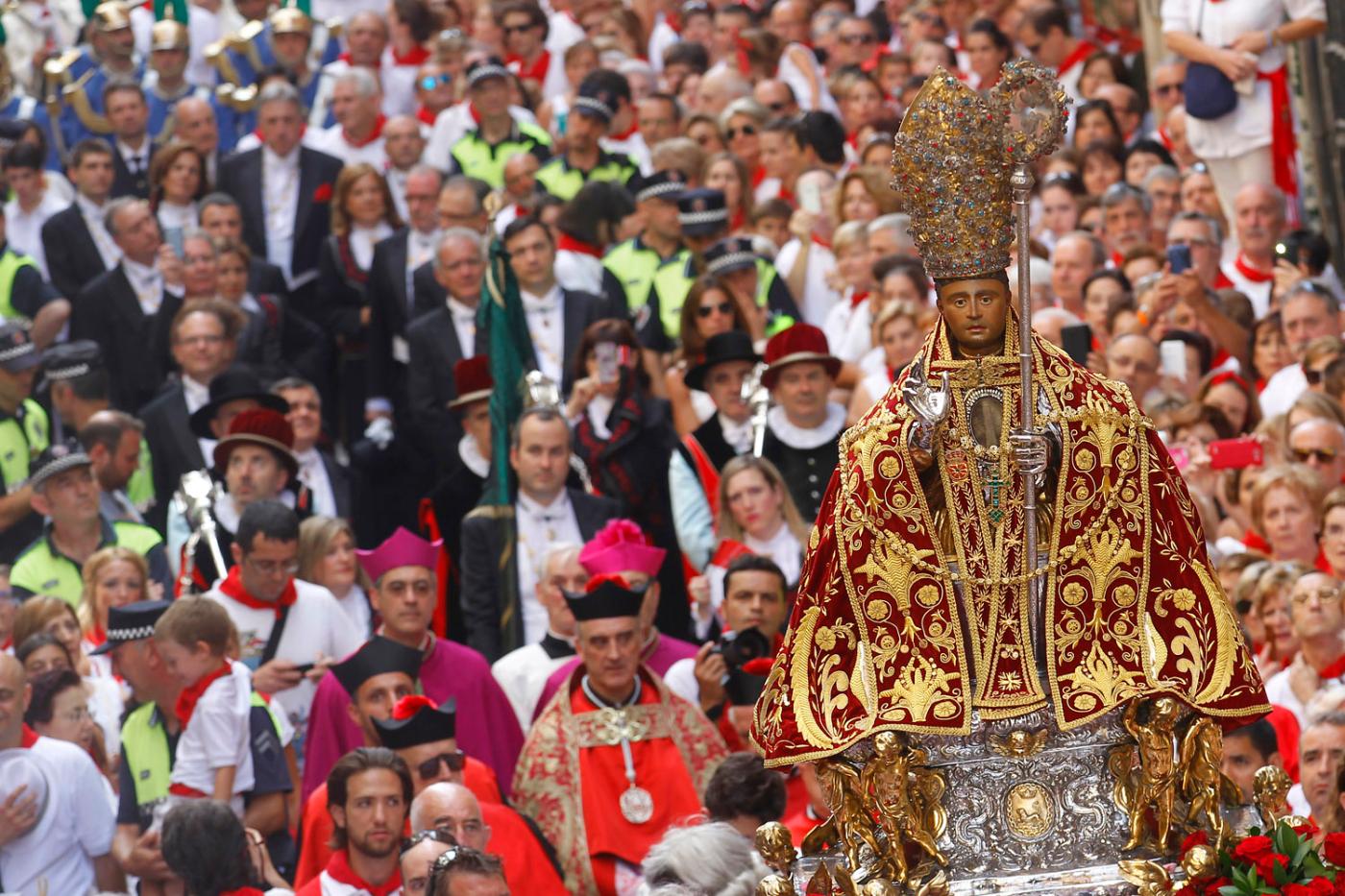
-
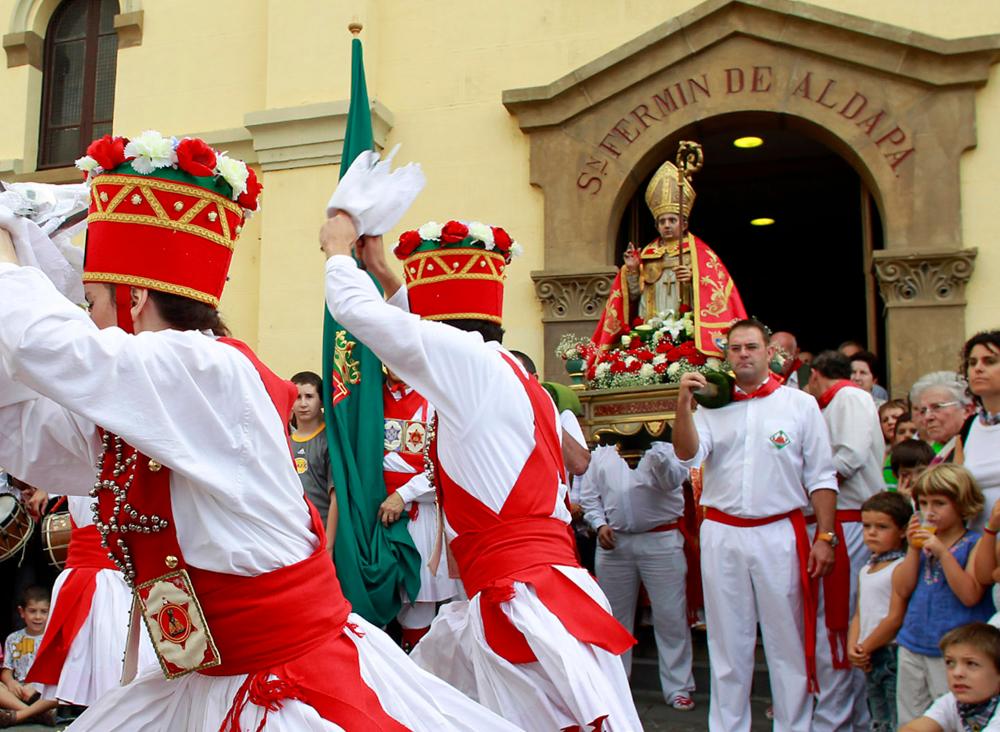.jpg)
The festival is rescheduled to the summer
Because the weather was usually so bad in the autumn, at the end of the 16th century the people of Pamplona asked that the martyrdom of Saint Fermin be commemorated on 7 July. This overlap with the livestock fair gave rise to the modern festival.
And so in September, we celebrate San Fermín Txikito (the minor festival) to commemorate the historical date of the saint's martyrdom.
-
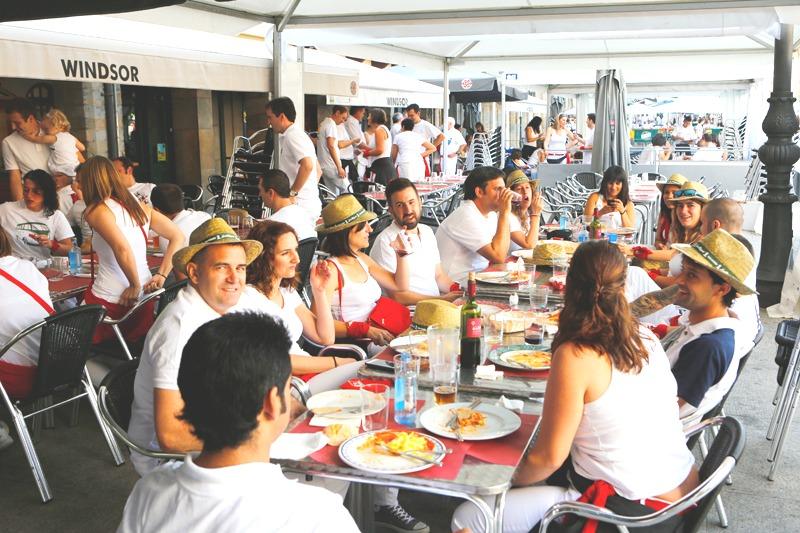.jpg)
The San Fermín festival in the 21st century
The festival has changed a lot since then.
The religious side of the festival has given way to one in which having a good time is now the priority, and the city council organises a programme for all ages; combining events to honour the saint, concerts. plays, exhibitions and areas and activities for kids.
So make sure you’re full of energy because these are days of laughter, song and dance with the peñas, of early mornings to see the running of the bulls and of a barrage of gastronomic delights.
-
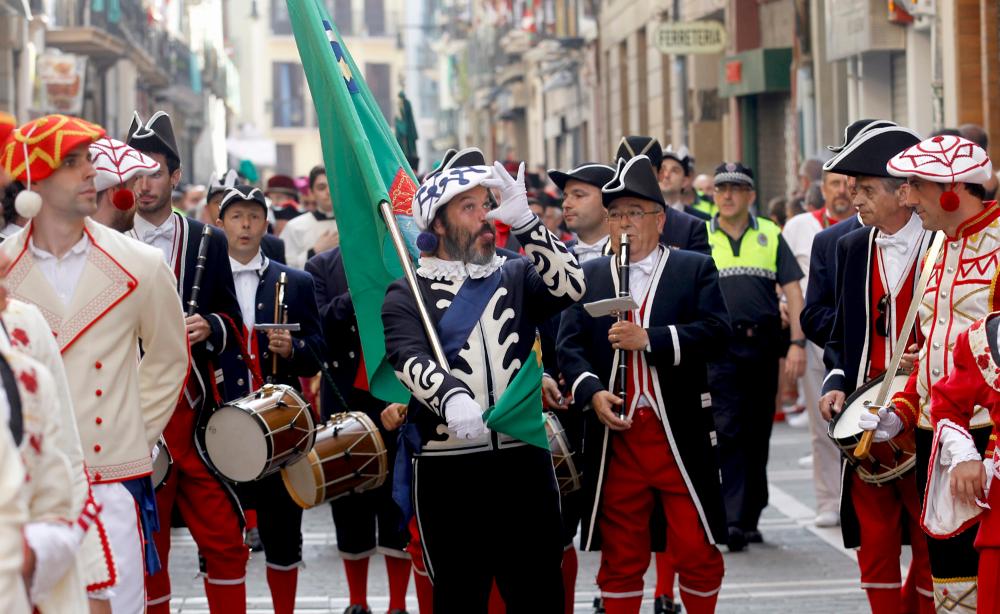.jpg)
The best thing of all is the atmosphere.
Whatever you do, the warmth of the people of Pamplona will always accompany you and you’ll never feel out of place. And that’s no lie; the atmosphere in the city, even though it receives people from all over, is really out of this world. Pamplona welcomes every tourist and every visitor as another member of the bunch. So you’ll experience the festival as if you had been a Pamplonica all your life.
In Pamplona, we know that the San Fermín festival without people isn’t the San Fermín festival, so we count on you too!
The San Fermín festival went on to see further milestones.
-
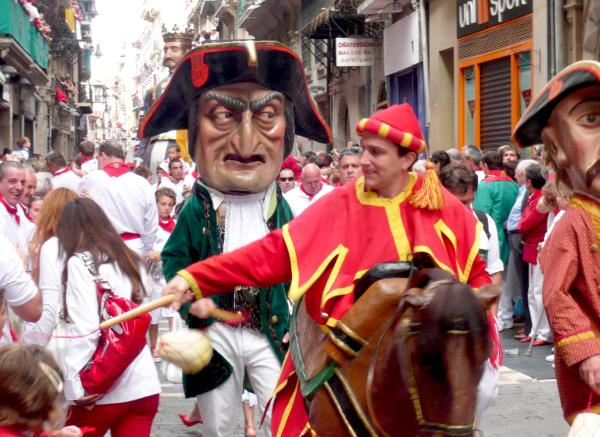
1860
Creation of the first figures in Pamplona’s troupe of Gigantes, Cabezudos, Zaldikos and Kilikis
-
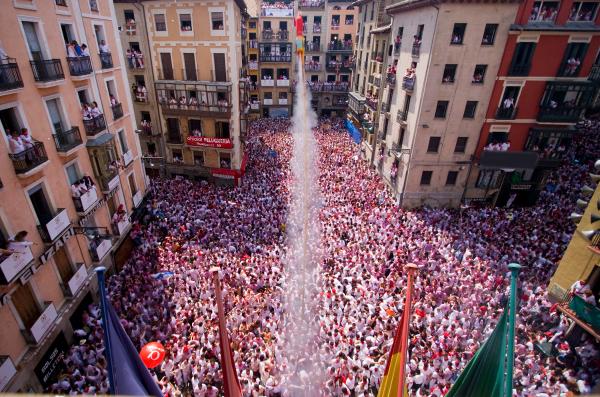
1901
Two friends launch rockets in Plaza del Castillo to start the festival off with a bang, giving rise to the tradition of the Chupinazo.
-
The San Fermín festival went on to see further milestones.
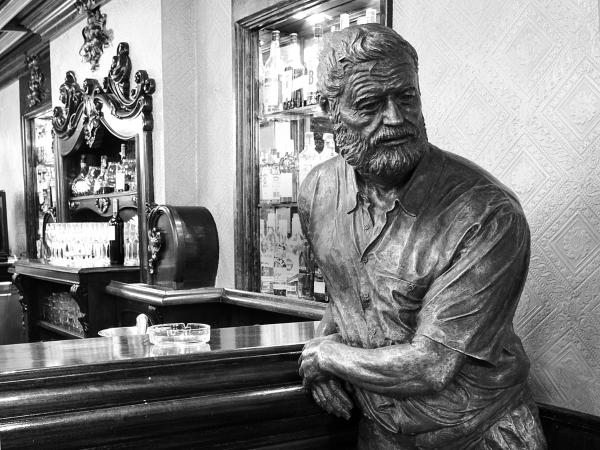.jpg)
1926
Publication of Ernest Hemingway’s The Sun Also Rises, responsible for the definitive universalisation of the San Fermín festival. Find out here who followed in his footsteps.
“I will never be able to do more than Pamplona has done for me.”
Ernest Hemingway
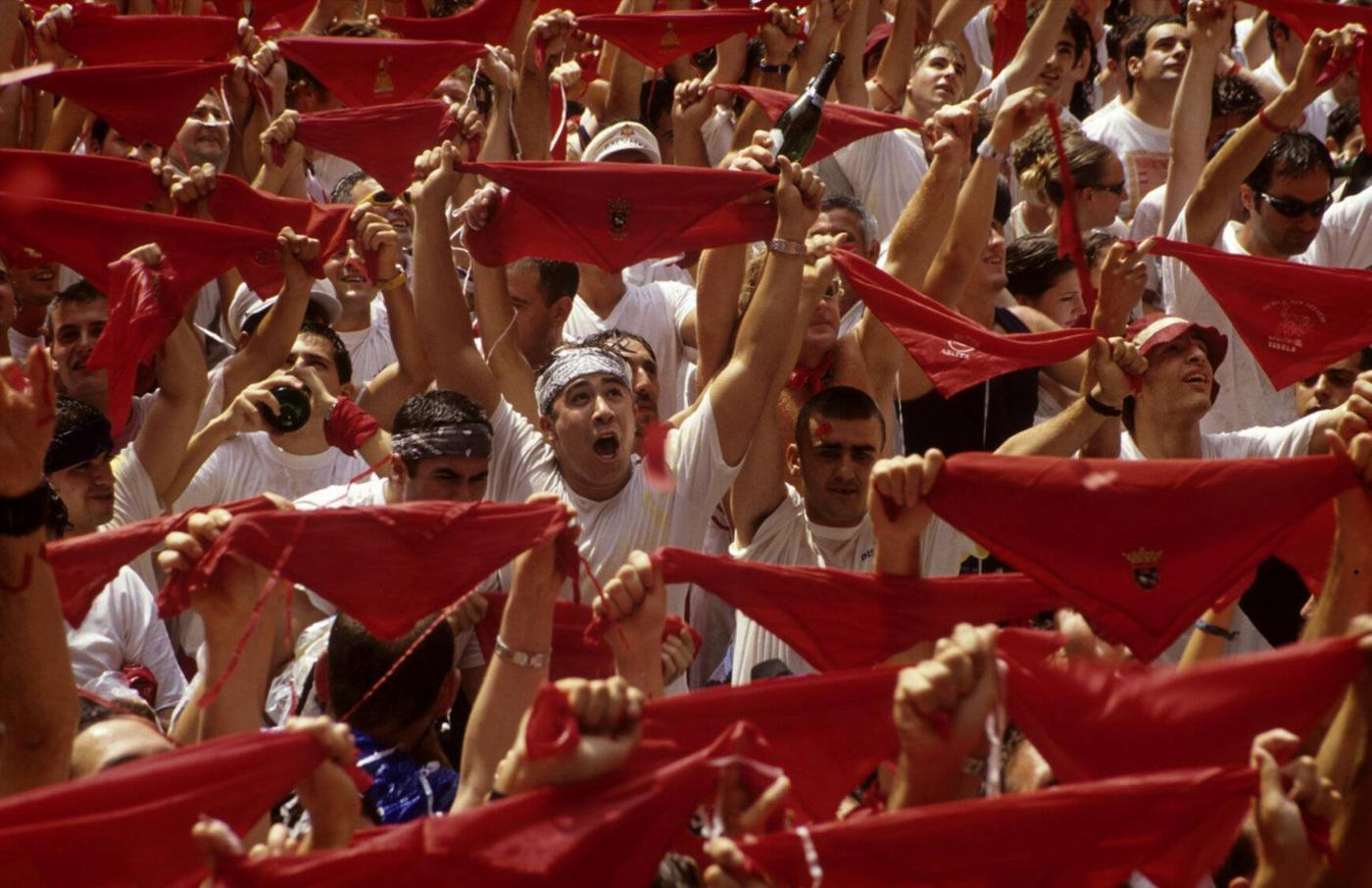
THE SAN FERMÍN FESTIVAL IN THE 21st CENTURY
Much has changed since that first time the San Fermín festival was held in the summer.
The deeply religious side of the festival in the past has given way to one in which having a good time is now the priority.
And the activities the city council organises reflect this fact in a programme brimming with events for all ages; so make sure you’re replenished with energy because you need to be raring to go. Days of laughter, song and dance, of early mornings to see the running of the bulls and have churros for breakfast or to sit down at a table for a full meal. Time to see the Gigantes and Cabezudos, and to enjoy a street show.
Whatever you do, the warmth of your hosts will always accompany you and you’ll never feel out of place. Pamplona welcomes every tourist and every visitor as another member of the bunch. So you’ll experience the festival as if you’d been a Pamplonica all your life, no matter where you were born.
In Pamplona, we know that the San Fermín festival without people isn’t the San Fermín festival. So come and visit our land to enjoy the tradition because without you, San Fermín just isn’t the same.
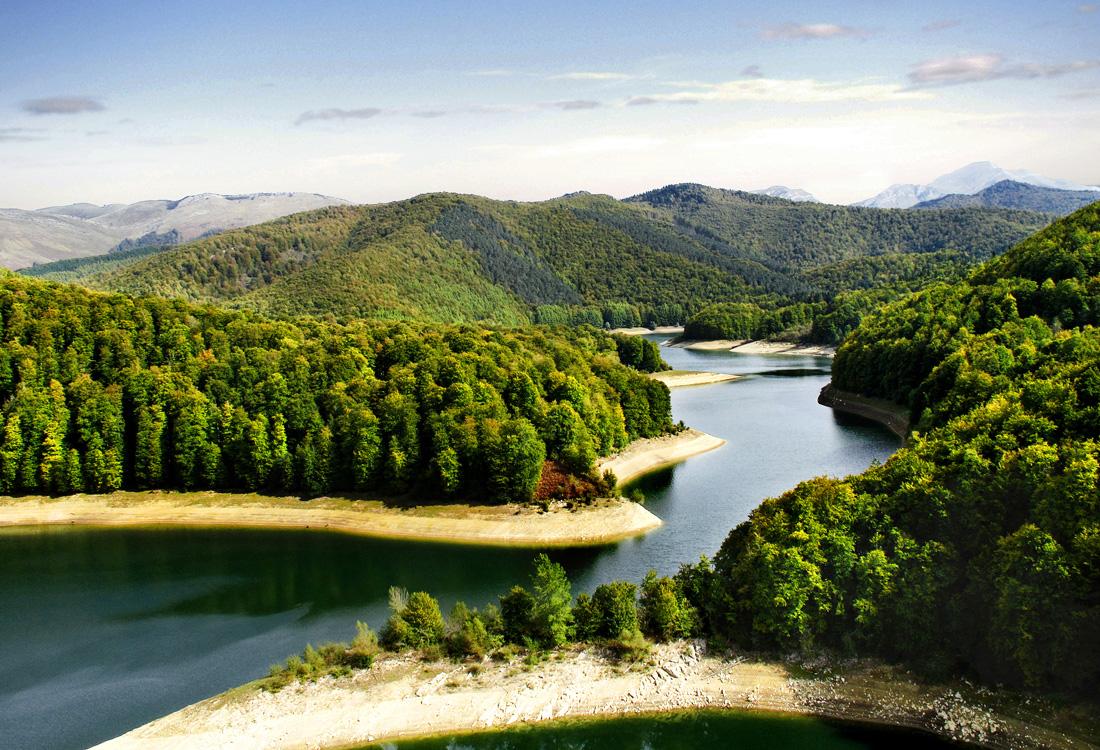
Let me give you a good idea!
After enjoying every little moment of the San Fermín fiestas, how about staying a few more days, to give you time to explore or remember the best of Navarre? You could extend your stay and relax in a country holiday home, explore the woods and villages of the Pyrenees, the desert landscape of the Bardenas Reales Biosphere Reserve, the palace of Olite, or the legendary villages on the Way of St James such as Orreaga/Roncesvalles.
If this plan sounds like a good idea to you, then click here to discover the musts in Navarre!
COME AND EXPERIENCE
The San Fermín festival
The most cosmopolitan, universal and magical festival in the world awaits you with open arms.


